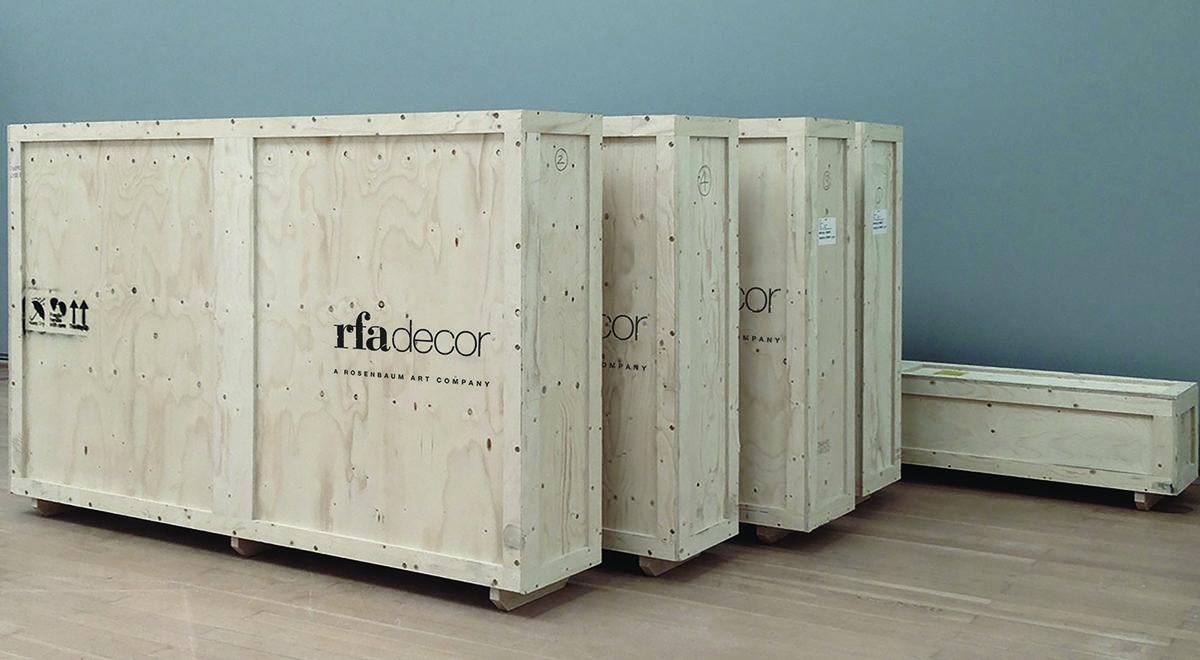As an art collector, you understand that circumstances could occur in which you have to put your art away for some time. When your beloved artwork isn’t being displayed on the walls in your home, it should be stored in the proper conditions to preserve the essence and beauty of each piece. Our specialists at Rosenbaum Art Services know the ins and outs of art storage and how to properly store your art.
How to Store Paintings Properly
Upon enlisting a company for art storage services, you should also find a reputable facility with the proper climate conditions. According to the Smithsonian Museum Conservation Institute1, the proper climate conditions for storing art of all kinds is:
- Light: as dark as possible
- Relative Humidity: 45-55%, constant
- Temperature: 65-75 degrees Fahrenheit
How to Store Oil Paintings
When it comes to storing oil paintings, one of the most important elements is the climate. Climate controlled storage units will protect your art from the heat and humidity. You also want to avoid bubble wrap, especially in hot weather. The bubbles on the bubble wrap can leave an imprint on the piece of art and could possibly ruin your entire painting.
How to Store Canvas Art
Dirt and dust can damage your paintings while they’re in storage. Covering canvas paintings can help preserve them while they are in storage. If you use plastic as a cover for your canvas paintings while they’re in art storage, you should first wrap the works in archival glassine paper to prevent the plastic from touching the art, as petroleum products can break down over time and cause damage. You should also keep plastic wrapping loose enough to allow air circulation without letting dust and dirt inside.
Although plastic can hold mold, if you’re using the correct art packing methods, as well as a properly climate controlled unit, mold should not occur.
How to Store Works on Paper
Be mindful of the type of paper material and how it may react in different climates. Certain chemicals in the paper may become “activated” and can affect the image that’s on the paper. If you’ve ever seen the yellowing or brittleness of old paper, it’s because residual acids became “activated” by the climate conditions, destroying the paper.
Although the majority of people believe rolling up paper art and storing it in tubes is the proper way to store paper art, you may have great difficulty in getting the paper to lay flat again. Instead, paper art should be placed between two sheets of acid-free foam core, acid-free tissue paper or glassine paper. You can also use acid-free plastic sleeves if you have many paper pieces to preserve.
Reputable Art Packing and Art Storage Services
Regardless of the reason why you’re putting your art in storage, it’s very important to know how to protect it and make sure it’s protected at all times. The specialists at Rosenbaum Art Services provide art packing and art storage services you can trust to keep your beloved artwork safe and sound. Contact us today to learn more about their specialties.
Sources:
[1] Smithsonian Museum Conservation Institute – Housing and Environment Options for Storage of Documents

